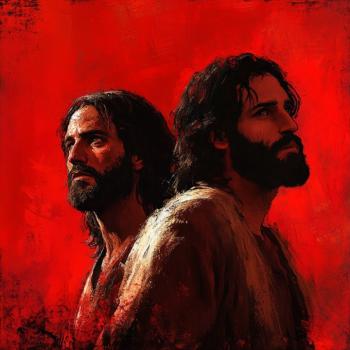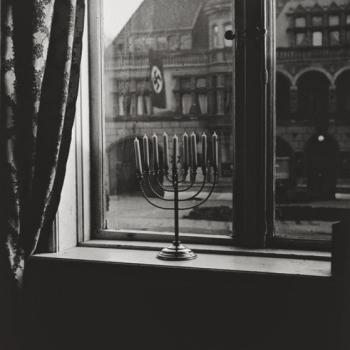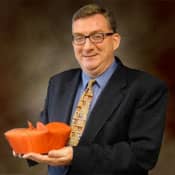This month marks the 175th anniversary of the official establishment of the Catholic Church in Mississippi. On July 18, 1837, Pope Gregory XVI erected the Diocese of Natchez, then covering the whole state. What John Adams said of Catholics in colonial America could be applied to antebellum Mississippi as well: they were "scarce as earthquakes," barely three percent of the population. The situation looked so unpromising that the first bishop appointed declined to report. For its first four years, Natchez was a diocese without a bishop.
When Bishop John Chanche stepped off a steamer in Natchez harbor in the spring of 1841, alone and unannounced, perhaps no episcopate began under less auspicious circumstances: no churches, no schools, no convents, no religious; one priest in the whole state. Over the next decade, Chanche strove mightily to create a framework for Catholic life in a state where there was, quite literally, none.
He was born to a French father and an English mother who barely escaped revolutionary Haiti with their lives. John Paul Chanche had been one of the island's wealthiest merchants before decades of brutal exploitation resulted in a decade-long slave revolt. Like many French refugees, the Chanche family came to Baltimore, where their son John Mary Joseph Benedict was born on October 4, 1795.
He received his early schooling in Baltimore, and from a young age he was interested in the priesthood. As a teen, he entered Baltimore's St. Mary's Seminary, founded in 1791 as the first Roman Catholic theologate in the United States. (At that time a seminary was often a conglomeration of high school, college, and theology.) A capable scholar, Chanche was actually chosen to teach at the seminary although still a student. He was ordained a priest on June 5, 1819.
A month later, Father Chanche joined the Sulpician Fathers, a community founded in seventeenth century France to advance priestly formation. For the next twenty years, he worked at St. Mary's, first as a professor and later as an administrator. He proved to be particularly gifted in both categories, a well loved figure in the seminary community. If Chanche had his way, he probably would have stayed at St. Mary's for the rest of his life.
But he was needed elsewhere. In these early days of American Catholicism, there was a real need for men of talent to lead the new dioceses being erected nationwide. Chanche's name began to be mentioned in connection with such prestigious dioceses as New York, Boston, and Philadelphia. In each case he appealed to his friend the Archbishop of Baltimore (then the nation's ranking prelate) to "secure his escape from the mitre."
But in February 1841, Father Chanche, by then President of St. Mary's College, received word from Rome that he had been appointed Bishop of the Natchez diocese. The following month he was consecrated a Bishop in Baltimore and soon he made his way for Mississippi by way of New Orleans.
After several weeks, and a thirty-hour boat trip up the Mississippi River, Bishop Chanche arrived in Natchez that May. One historian writes that he "entered his see without reception or ovation, after the manner of the apostles of old." In time he found a place to stay. A local Catholic named Mrs. Girardeau offered the top floor of her house as the new episcopal residence. Natchez's only Catholic church had burned down a decade before, and Mass was celebrated at the local Mechanics' Hall.
In a statewide population of 375,000, there were about ten thousand Catholics, the majority concentrated in Vicksburg, Natchez, and along the Gulf Coast. For Catholics, there were no churches, nor Catholic institutions of any kind at all. The only priest in the state was there temporarily, on loan from another diocese. Without money or resources, the new bishop started his diocese from scratch.
In time, however, he introduced an academy for young women, the first Catholic school of any kind in the state, run by laywomen. Two of his nieces came from Maryland to teach there. In February 1842, he dedicated the cornerstone for a cathedral in Natchez, "The Transfixed Heart of the Blessed and Immaculate Mary Ever Virgin" (now known as St. Mary's Basilica). He traveled throughout the state, celebrating Mass in private homes, town halls, even Methodist meeting-houses. In this predominantly Protestant state, he won over the good will of his non-Catholic neighbors. One historian writes:
Dr. Chanche was an eloquent preacher, a profound theologian, and a man of fine administrative abilities. He was tall, commanding, and handsome in his appearance, and in the performance of the sublime ceremonies of the altar he was particularly imposing and distinguished... He was urbane and cultivated in his manners, always accessible, courteous, and kind, and there were few clergymen in his day who had more numerous or more ardent friends and admirers among the Bishops, clergy, and laity.





